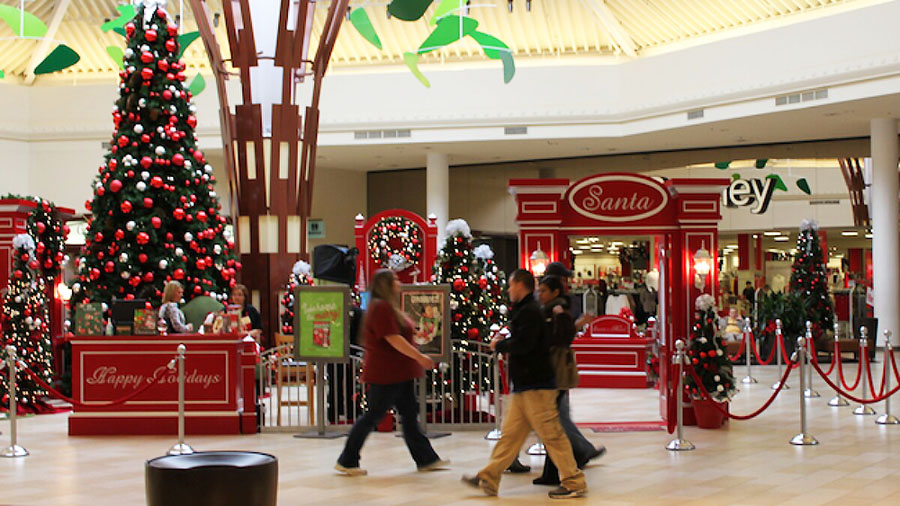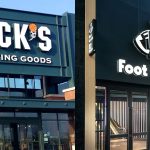Consumers are expected to return more than $816 billion worth of retail merchandise purchased in 2022, according to a retail report* released by the National Retail Federation (NRF) and Appriss Retail. As retail sales continue to grow, the average rate of return has remained flat at 16.5 percent compared with 16.6 percent in 2021.
“Even with 29 continuous months of retail sales growth, consumers have remained steady with the overall rate of merchandise returned to retailers this year,” said Mark Mathews, NRF’s vice president of research development and industry analysis. “While oftentimes returns represent a lost sale for a retail establishment, returns can also provide recourse through positive customer engagement and, potentially, another purchase.”
In the report, for every $1 billion in sales, the average retailer incurs $165 million in merchandise returns. The NRF also found that for every $100 in returned merchandise a retailer accepts, it loses $10.40 to return fraud.
Of the types of return fraud retailers said they have experienced in the past year, half (50 percent) cited returns of used, non-defective merchandise, also known as wardrobing, and 41.4 percent cited the return of shoplifted or stolen merchandise. One-fifth (20 percent) attributed return fraud to organized retail crime.
For the first time since the NRF captured online data, as part of a survey conducted in 2019, online return rates are consistent with the overall rate of return. Online return rates decreased from 20.8 percent in 2021 to 16.5 percent in 2022. Online sales it cited account for approximately $1.29 trillion of total U.S. retail sales in 2022. Of the approximately $212 billion of returned online purchases, $22.8 billion (10.7 percent) will be deemed fraudulent.
Of the more than $3.66 trillion in expected in-store sales, $603 billion will be returned. Approximately $62.1 billion of those returns, or 10.3 percent, are expected to be fraudulent.
“The holidays typically include a spike in retail activity, but higher return rates can also impact profitability,” said Steve Prebble, CEO, Appriss Retail. “Retailers must look for ways to individualize the returns process through data-driven insights. This will minimize the risk of accepting fraudulent returns while enhancing the customer experience for loyal shoppers.”
In terms of holiday sales, retailers can expect to see an average of 17.9 percent of merchandise returned, or nearly $171 billion. Because of the increased sales volume during this time of year, nearly 44 percent of survey respondents said they planned to hire more employees to handle returns during the holiday season. Of that, most (71 percent) said they intend to add staff specifically for stores.
The NRF forecasted that total retail sales would grow between 6 percent and 8 percent to more than $4.86 trillion in 2022. Consistent with its analysis, the association also expects holiday retail sales during November and December to grow between 6 percent and 8 percent over 2021 to more than $942.6 billion despite inflationary challenges.
*The NRF and Appriss Retail conducted the survey of 70 retailers from September 19 through October 14, 2022.
















